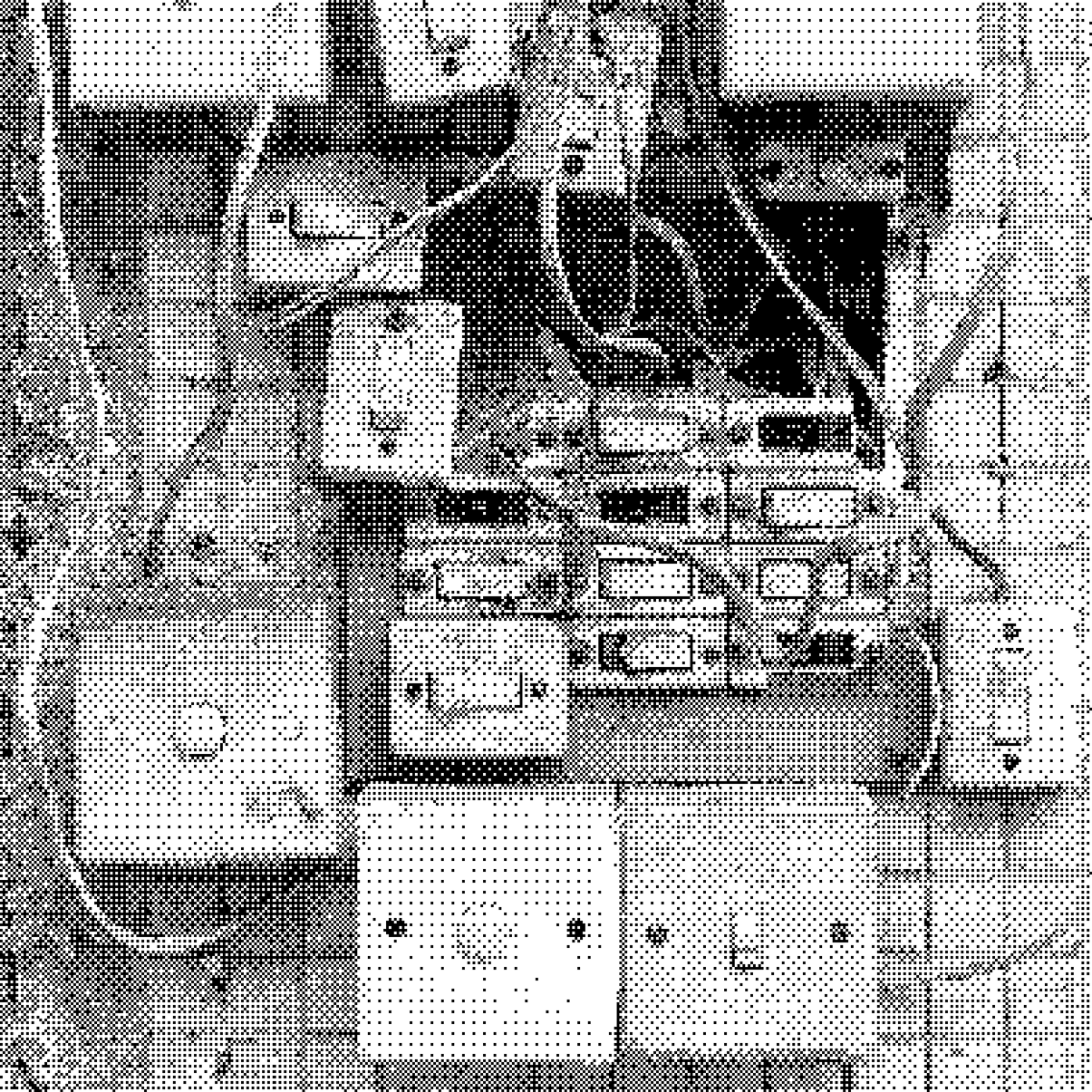The Unlearning Experiment
What two hours with ChatGPT taught me about rewiring 20-year-old habits.
Last week, I nearly quit trying to set up a custom domain for my Substack. I had the domain (tinkerwith.ai), the drive, and some experience setting up custom domains. But this was new and a bit scary, as I added Cloudflare as the DNS provider between the name register and Substack. And my palms were sweating a bit…
The old way: A familiar dance with frustration
My 20-year problem-solving playbook kicked in automatically:
Step 1: Read the documentation. Too generic.
Step 2: Google my way through blog posts and forums. Still lost
Step 3: Ask Perplexity when things got hairy. No luck
One hour gone. 20% progress. Confidence? Shaky at best.
It was time to call in the troops, slacking my product community (Product Makers), hoping for an engineer to rescue me. That's when everything changed.
The new reality: AI-first problem solving
Two minutes later, a fellow PM replied with a ChatGPT thread explaining the step-by-step setup. His approach was brilliantly simple:
His prompt: "Please help me with this situation. Step by step, as I am not technical."
Then, he pasted my original Slack message, the one in which I'd honestly described my situation, my setup, and exactly where I was stuck.
“I need help with DNS setup, I’m stuck.
Context:
I want to use the domain tinkerwith.ai instead of tinkerwithai.substack.com.
I bought the domain from Namecheap.
I want to use Cloudflare Free for DNS management.
I tried setting things up in both Namecheap and Cloudflare, but I can’t get it to work. And even if I do manage somehow, I’m sure I’ll mess something up.
Is there anyone who can help?
Thanks!”
That's it. No complex search queries. No documentation hunting. Just clear context and honest communication about skill level.
What actually worked
I opened a new ChatGPT thread and did exactly what he suggested, but added one crucial element: comprehensive context. Instead of asking isolated questions, I gave ChatGPT my exact setup details (screenshots from all three platforms) and the specific error messages I was seeing. I imagined I was on a call with an engineer, sharing my screen.
Result: Two hours of back-and-forth with ChatGPT, 20+ messages, multiple screenshots... and now I’m using my domain 😎. And when I told my fellow PM that it worked, his comment was: “If I had changed the radiator on my Mazda Miata by giving it photos from under the car to ask about bolts and hoses, etc., it would surely work for domain setup too 😄”.
Could I have done it in 30 minutes with the help of an engineer? Absolutely. But I would have lost the opportunity to rewire my problem-solving instincts and build trust with AI as a teammate.
The unlearning challenge: Why my instincts betray me
This experience forced me to confront an uncomfortable truth: My 20-year-old problem-solving instincts are now a liability.
The pattern I've always followed:
Read documentation
Google the problem
Ask Perplexity down the rabbit hole questions
Piece it together
Ask humans for help
In the AI age, this is backwards. The new approach that actually works:
Start with AI + comprehensive context
Iterate with screenshots and clarifications
Escalate to other methods if AI fails
Yes, it took me 2 hours this way. But I know it would have taken 5-7 hours using the old approach, or I would have wasted someone else's time too. More importantly, I didn't get frustrated or lost. I was smiling, building trust in both myself and AI.
Note: This isn't about being less collaborative, it's about showing up prepared. When I do need expert input, I can say 'I've tried X and Y, got stuck at Z' rather than 'I have no idea where to start.' Teams respect when you've done your homework.
Your Turn: What Are You Avoiding?
What multi-hour tasks are you procrastinating on this week because they feel too technical or complex? Before you dive into documentation or start Googling, try this:
Open ChatGPT (or Claude).
Start with: "Help me solve this step-by-step. I'm not technical."
Give comprehensive context: Screenshots, error messages, setup details, everything you'd show a teammate helping you
Be patient and iterate with follow-up questions
Worst case? You waste 30 minutes and come back to the good old methods.
Best case? You save hours and discover a new superpower.
The hardest part isn't learning to use AI, it's unlearning the problem-solving habits that served us for decades but now hold us back.
Let’s tinker. Together.
Ady,
Tinkerer in Residence



